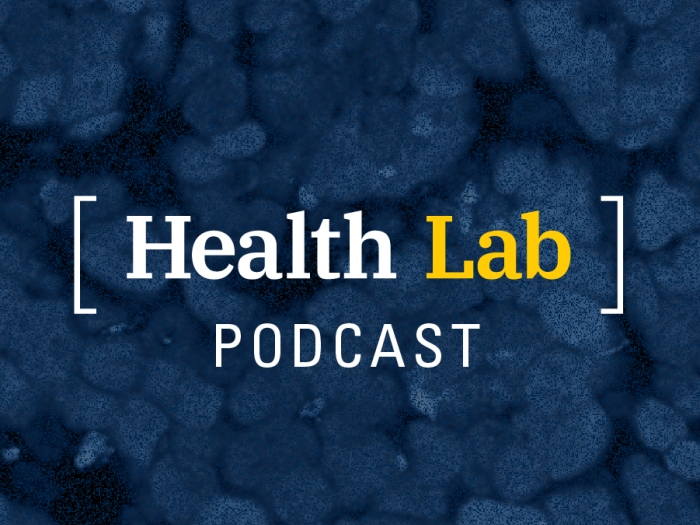Dear readers,
Since my last post, our class has completed Cells & Tissues, and we're about to finish our first Clinical Foundations of Medicine (CFM) week. Cells & Tissues gave us a taste of the next several sequences: our more traditional lecture-based "undergraduate-style" learning complemented by Anatomy and Histology, two very visually-oriented and well-integrated components of our curriculum.
Last Friday, we had our first official anatomy practical, a 1 minute/question multiple-choice exam that takes each student to a number of stations with short questions or vignettes and associated visuals (labeled bones, labeled structures in cadavers, or labeled radiographic images). This style ensures you can translate your knowledge from the textbooks to the human body, and also think quickly on your feet. Even after only three dissections, the number of structures/concepts added up quickly, but we're all really enjoying the experience.
During our CFM week, we've had sessions on health disparities, health economics, integrative medicine, geriatric care, issues surrounding end-of-life care, and how to thoroughly take a patient's social history. All of these sessions set us up for our four field trips of the week: a clinic visit, a complementary & alternative medicine visit, a senior visit, and a health disparities visit.
For my clinic visit, I spent an afternoon shadowing in the Emergency Department, and I was able to see cases ranging from strokes and burn victims to other major physical trauma and psychiatric emergency care. While we were instructed specifically to watch how doctors interacted with patients (to help develop our medical interviewing skills and establish rapport with patients), having a completely new shadowing experience was very valuable. I also visited Body Conscious, a therapeutic massage parlor just outside of the UM campus, and learned that licensed massage therapists have a working knowledge of musculoskeletal anatomy on par with anatomy instructors! Everyone in my group got a free massage, and it was really interesting to learn the techniques they use to relax and extend the range of motion in different muscles. My other two visits this week were to the Home of New Vision, a nonprofit in Ypsilanti dedicated to helping people recover from drug and alcohol addictions, as well as a nearby senior living center for elderly citizens with dementia and Alzheimer's Disease.
UMMS highly values preparing well-rounded, empathetic physicians, and to plant 172 students in four unique locations during a single week a) requires a ton of logistical planning (a quick shout-out to the CFM staff for making this week possible) and b) really gives us practical first-hand experiences that we can take as we move forward into our clinical training. Our next CFM week is right after Thanksgiving, and we'll start learning physical exam skills and the more standard "med school" skills. I won't forget the diverse populations I've met this week and the advice imparted to me.
Next up, a month of Cardiovascular/Respiratory! And a quiz-free October weekend for apple picking and a cider mill trip!
-Andy

Department of Communication at Michigan Medicine
Want top health & research news weekly? Sign up for Health Lab’s newsletters today!





